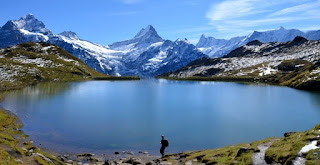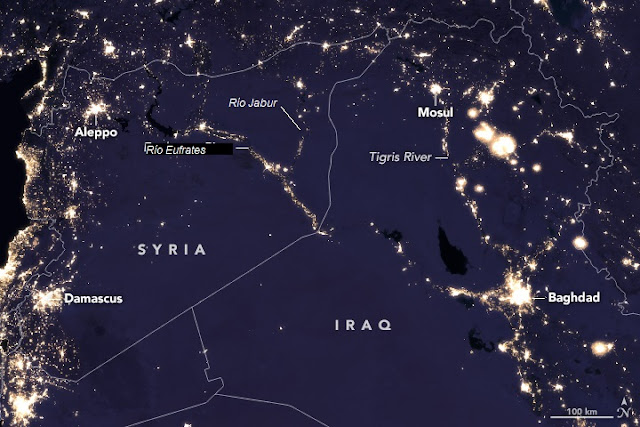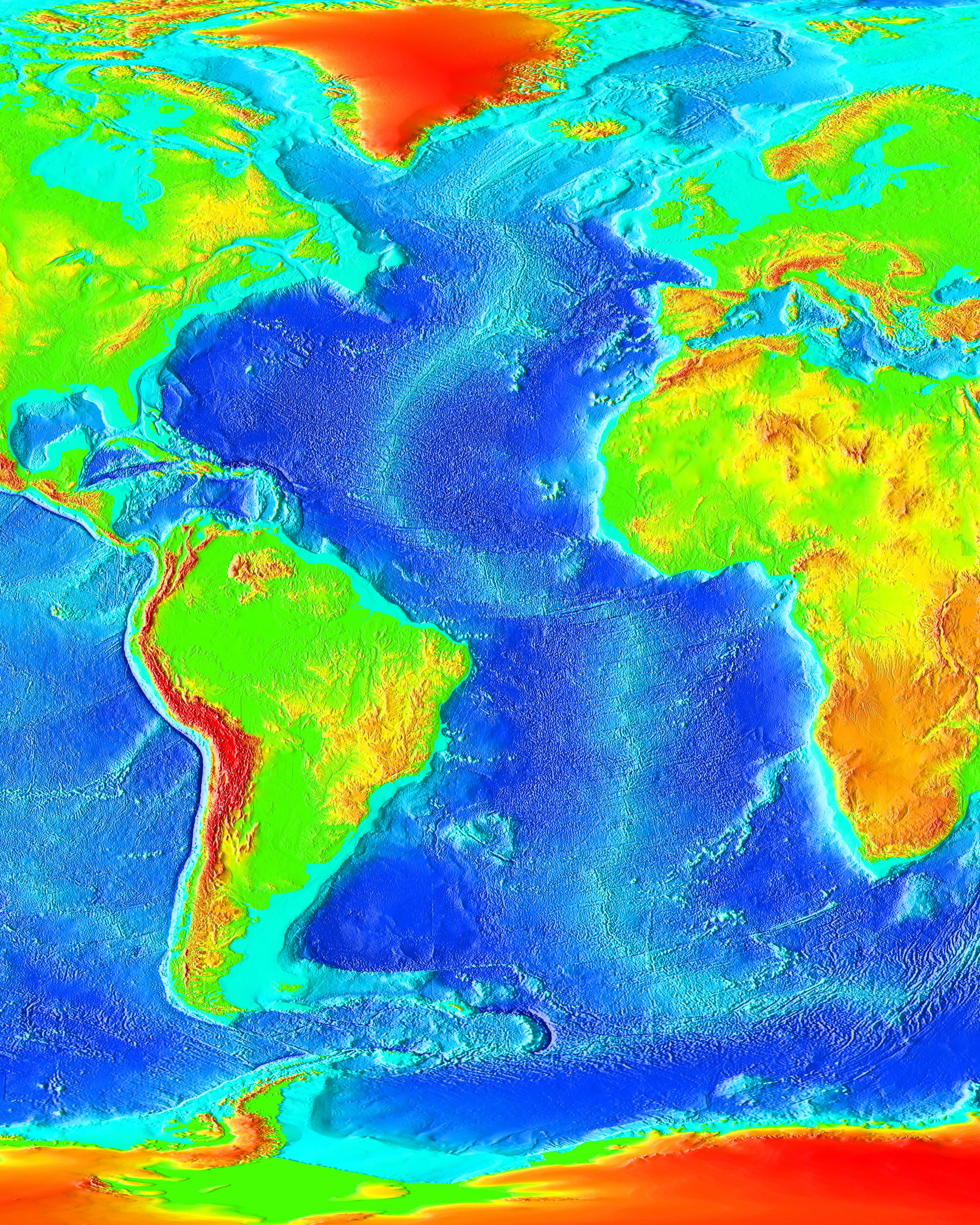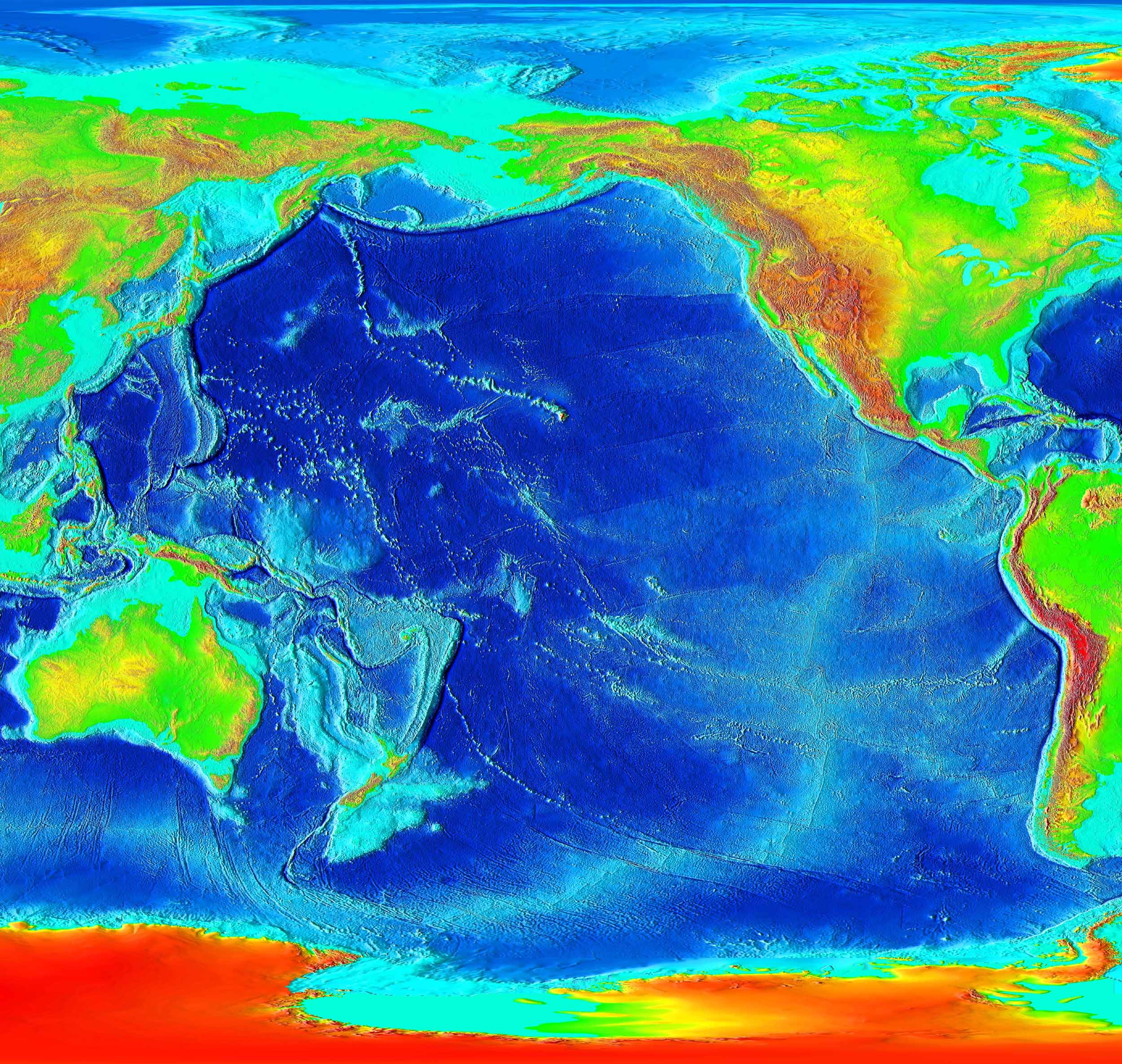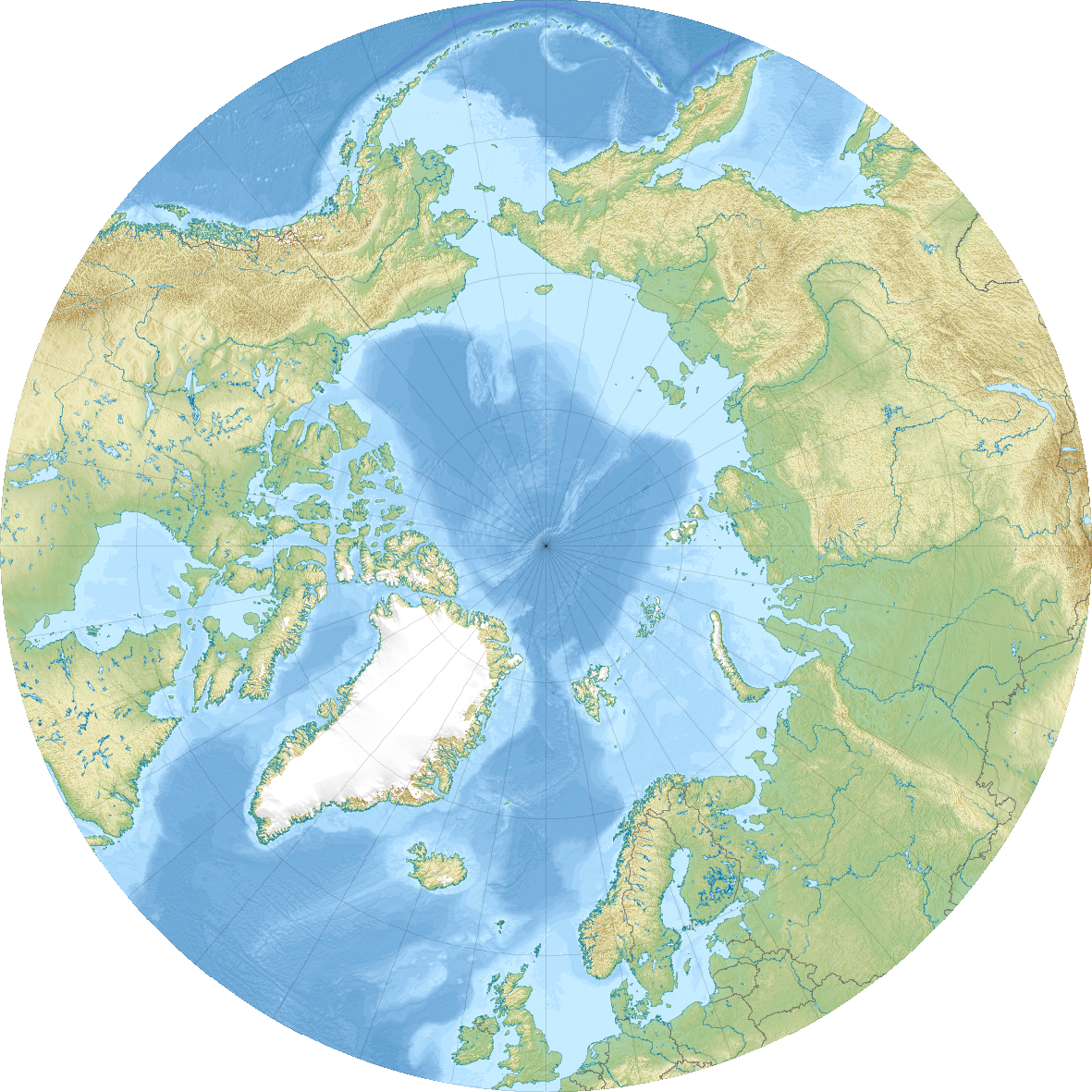1. THE SECONDARY SECTOR.
The secondary sector includes economic activities concerned with transforming raw materials into products that enable human needs to be meet. Includes:- Industry.
- Mining.
- Energy production.
- Construction.
1. 1. Industry.
Industry is the activity that transforms raw materials into manufactured products that are suitable for direct consumption or semi-finished materials that can be used as raw materials in other industrial processes.Industry require three elements:
- Raw materials: natural resources that industry transform into products.
- Energy sources: natural resources that provide the force necessary to undertake industrial activities.
- Production factors. Them include:
- labour force.
- capital (physical and financial).
- technology.
1. 2. Mining.
Mining is concerned with locating, extracting and refining rocks and minerals that are found on or beneath the surface.Distribution of raw materials in the Earth's crust is very unequal, because of this mining uses:
- prospecting methods: locate resources.
- extraction techniques: obtain materials from open cast or subterranean mines.
- refining systems: separate the mineral from the ore (the rock that contains it.
1. 3. Energy production.
Energy production transforms energy sources into heat and electricity. This pace in power stations that are specialised in different types of energy sources: thermal, nuclear, wind solar, etc.1. 4. Construction industry.
Construction industry creates different types of structures and infraestructure. It requires plans and building materials.2. CORE ELEMENTS OF INDUSTRIAL (I). RAW MATERIALS.
2. 1. Industrial raw materials.
Raw materials are natural resources than industry transforms into manufactured or semi-finished products.We can distinguish the following types:
- Plant-sourced raw materials. Obtained from:
- agriculture: industrial crops such as sugar beets (in spanish remolacha azucarera), cotton, linen (in spanish lino) and tobacco.
- silviculture: woods, cellulose, rubber (in spanish caucho) and cork (in spanish corcho).
- Animal-sourced raw materials. Provided by:
- livestock farming, such as hides (in spanish pieles), wool (in spanish lana) and silk.
- Fishing: fish canning and oil.
- Geological raw materials. Extracted from the Earth's crust, include:
- Minerals, from which metals can be obtained (iron, lead, aluminium cooper, zinc) and non metallic materials (glass, gems).
- Rocks, such as granite (in spanish granito), clay (in spanish arcilla), limestone (in spanish, caliza) and marble (in spanish, marmol) used directly or for manufacturing construction materials: cement, concrete (in spanish, hormigón).
- Energy products, such as coal, crude oil, natural gas and uranium.
2. 2. Production and trade in raw materials.
Raw materials are a important part of global trade, but their production is not evenly distributed:- Production, is concentrated in just a few countries known as the CARBS (Canada, Australia, Russia, Brazil and South Africa) which control between 25 a 50% of the main natural resources. Other important producers are China and United States.
- Consumption is concentrated in Western Europe, Japan and United States.
3. CORE ELEMENTS OF INDUSTRIAL ACTIVITY (II). TRADITIONAL ENERGY SOURCES.
Industry use a wide variety of energy source. These can be classified according to their importance:- traditional.
- alternative.
- renewable
- non-renewable.
3. 1. Traditional energy sources.
Traditional energy soruces are the ones most widely used and the most developed. They represent about a 87% of the today's energy production. The most important are:- Crude oil.
- Coal.
- Natural gas
- nuclear fision energy.
- hydroelectric.
Crude oil.
- Crude oil is a mixture of hydocarbons found in subterranean deposists. It is a by-product of the descomposition of animals and plants.
- Provides petrol, tar (in spanish alquitran), plasctic, etc.
- Main producers: Russia, Saudia Arabia, USA, Iran, China, Mexico.
- Problems: reserves may run out in 40 years and produces high levels of pollutants.
 |
| Licencia: Dominio Público. |
 |
| Asphalt. Licencia: Dominio Público. |
Natural gas.
- Natural gas is a mixture of hydrocarbons found in subterranean deposists.
- Provides electricity and piped gas for homes.
- Main producers: Russia, USA, Canda, Iran, Norway and Algeria.
- Problems: reserves may run out in 65 years. Produce less pollution than crude oil, but fracking causes serious damages.
 |
| Licencia: Dominio Público. |
Coal.
- Coal is combustible mineral produced by the descomposition of plant remains buried underground for millions of years.
- It is used for:
- Production of energy.
- Iron and steel production.
- Gas and chemical products.
- Main producers: China, USA, India and Australia.
- Problems: abundant reserves but procudes high levels of pollution.
Hydroelectric energy.
- Hidroelectric enegry produced from water contained in a reservoir.
- It is used to produce energy.
- Main producers: Canada ,USA, Brazil, China and Russia.
- Problems: changes river courses.
4. CORE ELEMENTS OF INDUSTRIAL ACTIVITY (III). ALTERNATIVE ENERGY SOURCES.
The alternative energy sources has been developed to replace the traditional energy sources.- Its development started with the oil crisis of 1973.
- All of them are considered clean or green, because do not generate waste.
- The most important alternative energy sources are:
Solar energy
- It is derived from the Sun's light and heat.
- Provides heat and electricity.
- Main producers: USA, Canada and Australia.
- Problems:
- irregular supply.
- difficult to store.
Wind energy.
- It is derived from the wind that moves generators.
- Provides electricity.
- Main producers: USA, Germany and Spain.
- Problems:
- irregular supply.
- visual and noise impacts.
- It is derived from agricultural, livestock and silviculture by-products.
- Provides heat and electricity.
- Main producers: United States, France and Sweden.
- Problems: CO2 emited during combustion.
- It is derived from the Earth's internal heat.
- Provides heating and elecricity.
- Main producers: USA, the Philippines and Mexico.
- Supplies are restricted to areas with volcanic or seismic activity.
- It is derived from the power of the tides or the waves of the sea.
6. INDUSTRIAL DEVELOPMENT AND ITS LANDSCAPES (I).
We can distinguish several phases in the evolution of the industrial activity according the technical advances, the energy sources and industrial landscapes.Artisanal industry.
- Chronology: until the mid-18th century.
- Characteristics:
- Workforce composed of a small number of specialized artisans.
- Located in small workshops.
- Traditional tools were used.
- The energy sources were animal and human strengh.
- It produced small quantities of unique, expensive and scarce products.
- The most important sectors were the basic sectos such as clothes, shoes and everyday items.
- Location: most of the artisans established themselves in cities, locating their shops in specific streets according to their trade.
 |
| Shoemaker. |
Modern industry.
Started in Great Britain with the First Industrial Revolution and continued with the Second Industrial Revolution.Chronology: (1750-1950).
Characteristicis:
- Workforce composed of hundreds or even thousands of workers.
- Production located in large mills or factories.
- Industrial work was carried out by machines.
- The energy sources were steam engines during the First Industrial Revolution and electric motors and piston engines during the Second Industrial Revolution.
- It produced huge quantities of cheap and homogeneus products.
- First, production was concentrated around steel and textile sectors, but it later diversified.
- Location: factories were located in specific locations, creating industrial landscapes. We can distinguish two types of industrial landscapes.
- First Industrial Revolution, appeared the black country, concentrations of tall, brick factory chimneis, housing for workers and railways, located near mining regions or train stations in cities.
- Second Industrial Revolution, appeared industrial states, factories were organised into plots equipped with services, infraestructures and transport. About the location of the factories, oil refineries and chemical industries were located in ports, whereas other industries were clustered on the outskirts of cities.
7. INDUSTRIAL DEVELOPMENT AND ITS LANDSCAPES (II).
Contemporary industry.
from the middle 20th century with the Thrid Industrial Revolution. Its main characteristics are:
- Workforce, a smaller number of highly qualified employees along other employees that work on related services (research, innovation, marketing, design, etc.).
- Production located in small manufacturing establishments which carry out different phases of the production process.
- Industrial work is carried out by computer-controlled machines and robots due to the use of new technologies such as microelectronics, computer systems and telecomunications).
- Use of new energy sources (nuclear and alternative) and materials (polymers and Nomex).
- It produces short series of cheap and diverse products, adapted to the consumer tastes.
- The main sectors are telematics, microelectronics, lasers, aeronautics, biotechnology and new materials.
Location.
Today, we can distinguish several types of industrial landscapes:- Traditional industrial landscapes which became oudated due to the 1970s crisis. We can distinguish three different situations:
- Reconversion through closure or by changing the production process.
- Reindustrialitation through the establishment of new industries.
- Physical relocation or offshoring, changing the location of the industries to cheaper areas.
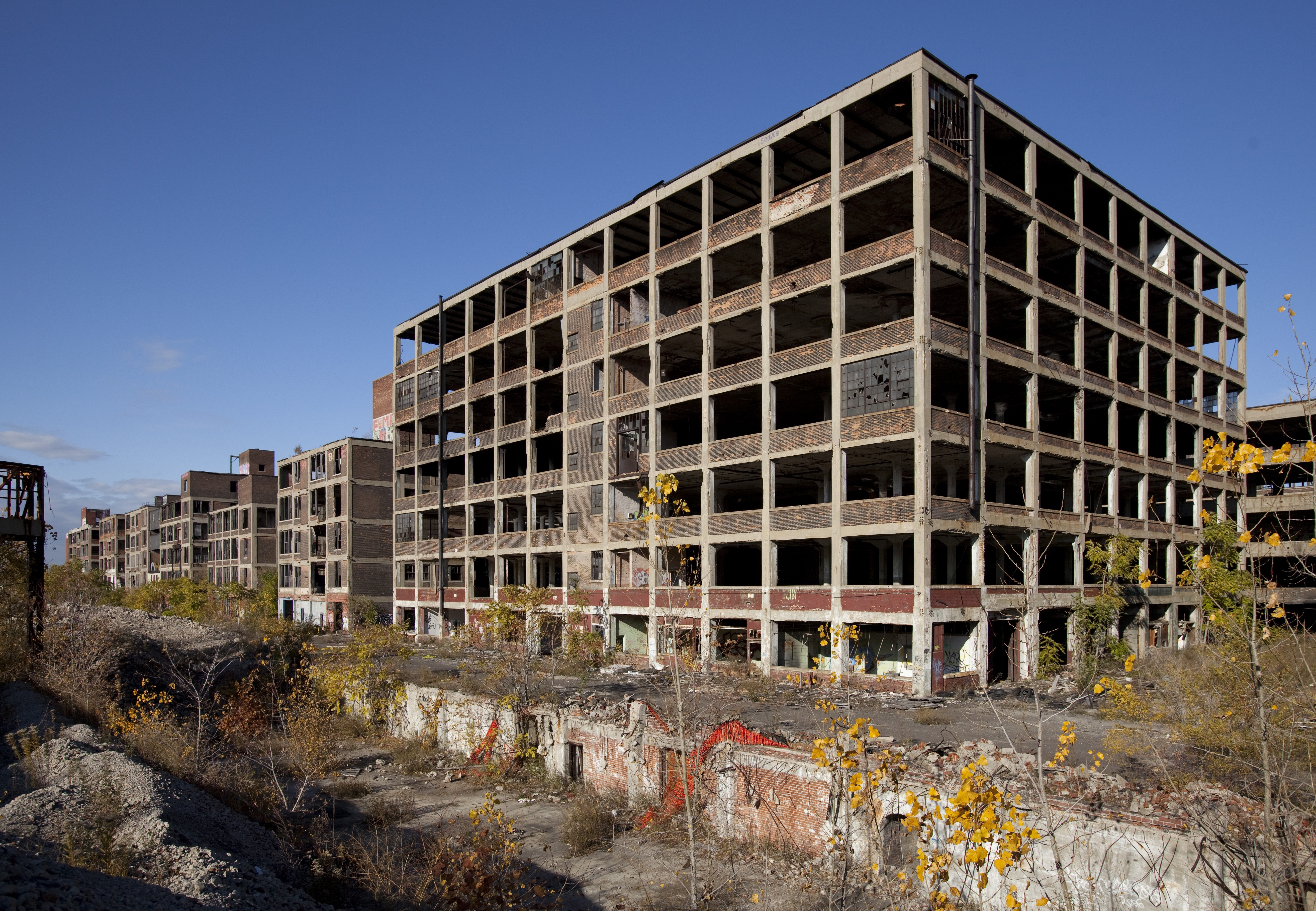 |
Abandoned Packard Automobile Factory Detroit. Source: https://commons.wikimedia.org/wiki/File:Abandoned_Packard_Automobile_Factory_Detroit_200.jpg User: Albert Duce. License: CC BY-SA 3.0
|
- Innovative and high tech industries have established technology parks and high-tech hubs located in the most economically important cities. Bring together high-tech industries that, this way, can find qualified workers, infraestructure support and advanced services.
- Other traditional industries has been relocated to the outskirts of cities or rural regions and have established industrial parks.
- In newly industrial countries, has been established industrial complexes near ports.
8. INDUSTRY AND GLOBALISATION. TYPES OF LOCATION AND RELATED FACTORS.
8. 1. Types of contemporary industry.
We can classify contemporary industries according to several criteria:- Position in the production process:
- Heavy industry produces semifinished products,
- Capital goods industry transforms semi-finished products into equipment needed by other industries.
- Consumer goods industry manufactures products inteded directly for consumers.
- Weight of the raw materials:
- Heavy industry
- Semi-heavy
- Light industry, use lightweight materials.
- Size. Can be:
- small (less than 50 workers).
- medium-size (between 50 and 250)
- large size (more than 250).
8. 2. Contemporary factors of industrial location.
Economic globalisation has established an international division of industrial work:- High-tech industries are located in the most developed countries, because they need:
- advanced services and infraestructure.
- a qualified labour force.
- A large number of consumers with a higher purchasing power.
- Mature or low-technology industries, located in emerging or undeveloped countries, due to:
- An abundant, but relatively unqualified and low-cost labour force.
- State concessions such as duty-free zones and permissive enviromental legislation.
9. THE WORLD'S INDUSTRIAL AREAS.
Today, we can distinguish three industrial ares in the world:- The historical industrial areas: United States, Japan and the European Union, with the following characteristics:
- Use of advanced technologies.
- High spending power of their markets
- The headquaters of most of the biggest world's companies are located there.
- Industry in decline, as a consequence of the offshoring of basic industies and a part of the consumer goods and equipment industies to emerging counties.
- Emerging countries including the BRICS and some regional industrial powers. This countries has started a highly developed and growing industrialisation process:
- Explotation of abundant natural resources.
- Globalisation. The prodution of the cheap low and medium-tech products has been moved to these countries to take advantage of their cheap labour force. Lates these countries have used the capital and technology adquired to set up high-tech industries.
- The least industralised areas, such as Sub-Saharan Africa, because of:
- Lack or resources and capital.
- Limited markets.
- Poor comunications.








